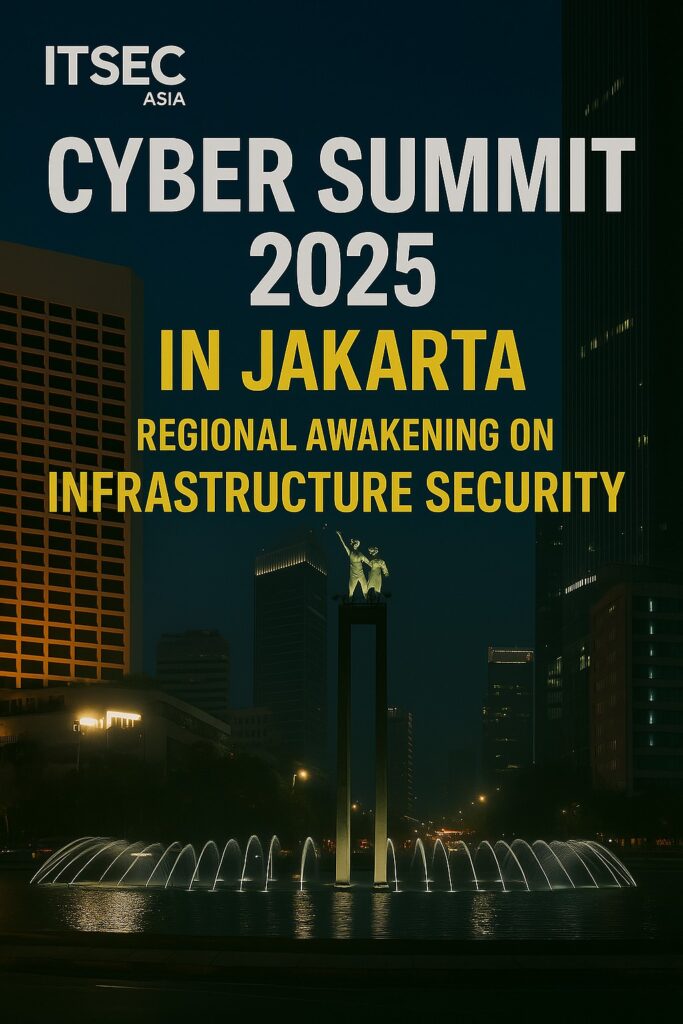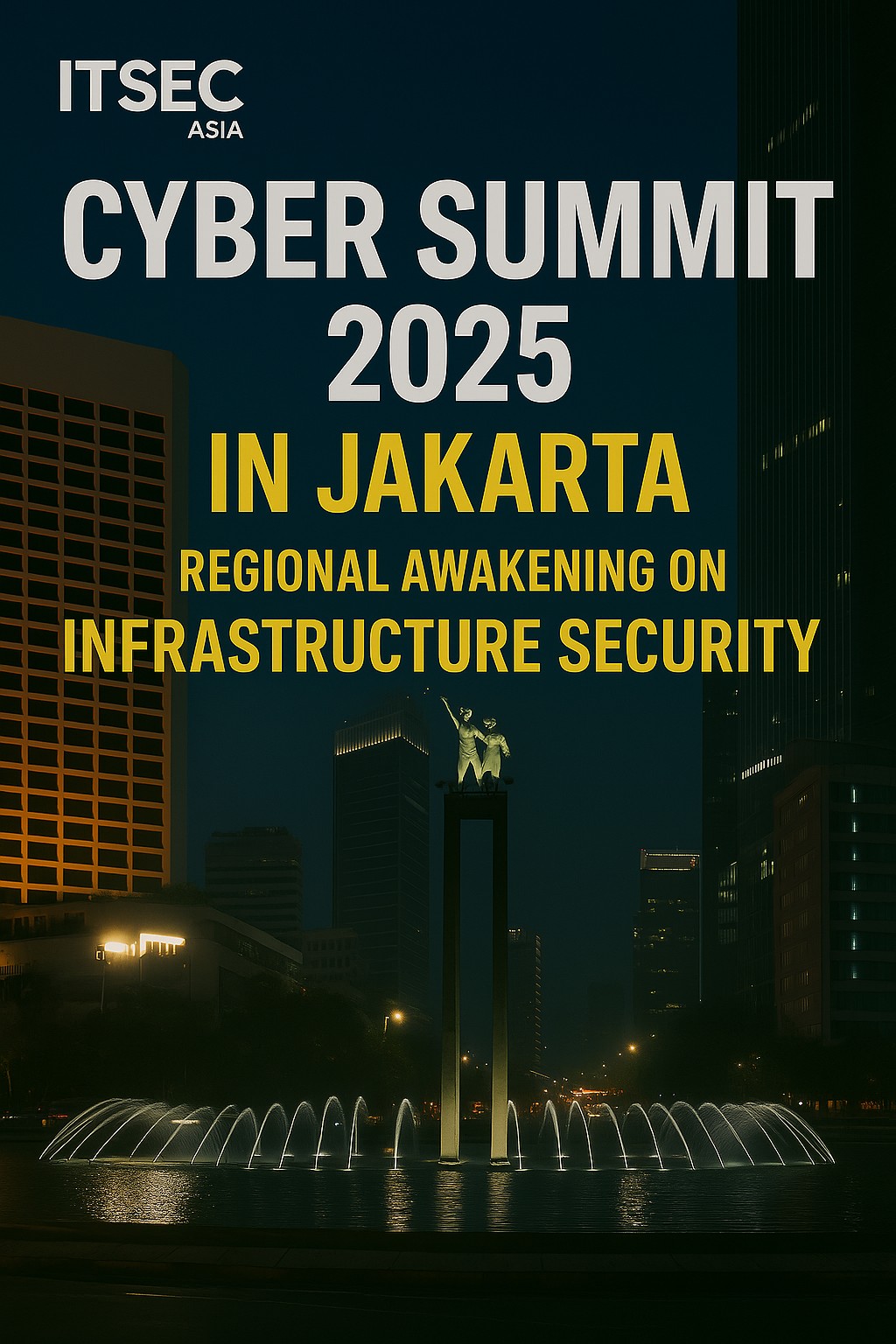
As digital threats escalate across Southeast Asia, Jakarta is preparing to host the ITSEC Cybersecurity Summit 2025, the region’s largest gathering focused on protecting critical infrastructure. Scheduled for August 26–28, the summit is drawing attention not just for its scale, but for its strategic implications: Southeast Asia is finally confronting the vulnerabilities that come with rapid digitalization.
The summit, organized by ITSEC Asia, will convene top-level government officials, cybersecurity experts, and infrastructure operators from across ASEAN. With keynote sessions on quantum cryptography, malware targeting cruise ship control systems, and cyberattacks on energy grids, the event is a wake-up call for nations that have long prioritized connectivity over resilience.
Indonesia’s President Prabowo Subianto, in a pre-summit statement, emphasized the need for regional cyber sovereignty, calling for a “firewall of cooperation” among ASEAN states. His remarks follow a series of cyber incidents in Malaysia and Vietnam, where foreign actors allegedly breached telecom and financial systems.
The summit also marks a turning point in regulatory readiness. Indonesia’s BSSN (National Cyber and Crypto Agency) is expected to unveil new standards for infrastructure audits, while Singapore’s Cyber Security Agency will present its cross-border threat intelligence framework. These moves suggest a shift from reactive defense to proactive deterrence.
Economically, the stakes are high. Southeast Asia’s digital economy is projected to hit $1 trillion by 2030, but without robust safeguards, the region risks becoming a playground for cyber mercenaries and state-sponsored hackers. ITSEC Asia’s recent CREST accreditation — a globally recognized certification — adds credibility to its role as a regional leader in cyber defense.
Beyond the technical discussions, the summit is also a geopolitical signal. With China and the U.S. vying for influence in the region’s digital infrastructure, Southeast Asia is asserting its own path — one that prioritizes sovereignty, standards, and strategic autonomy.
From Jakarta’s skyline to the fiber-optic veins beneath its streets, the message is clear: Southeast Asia is no longer just a consumer of digital tools — it’s becoming a guardian of its own digital destiny.


